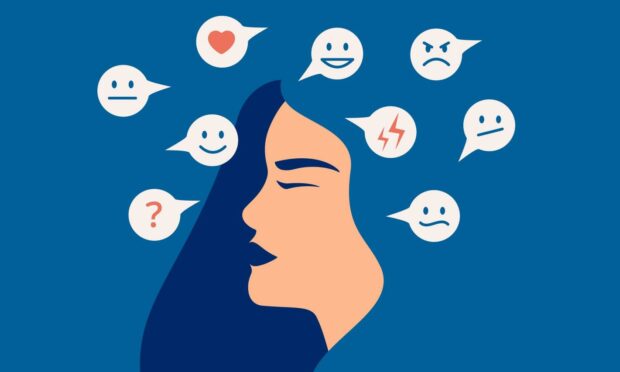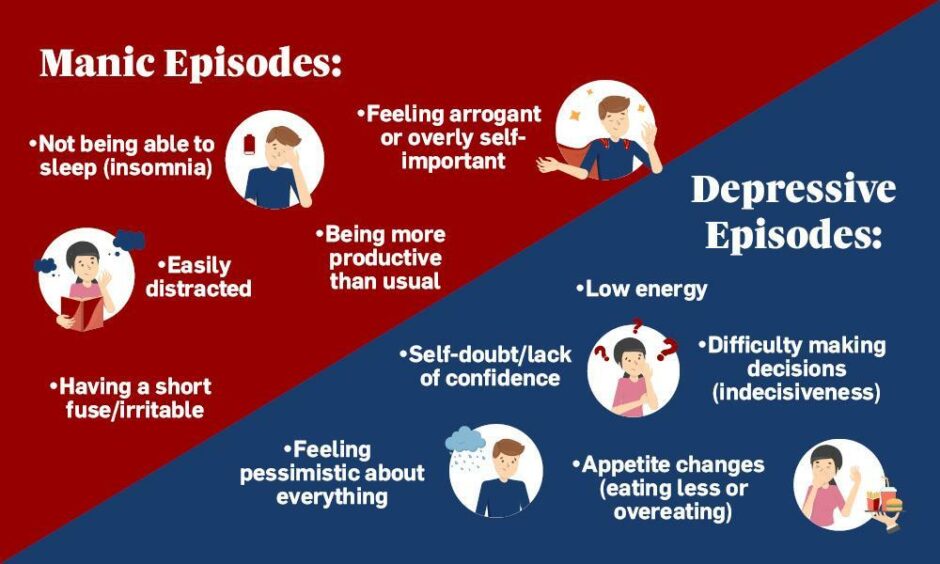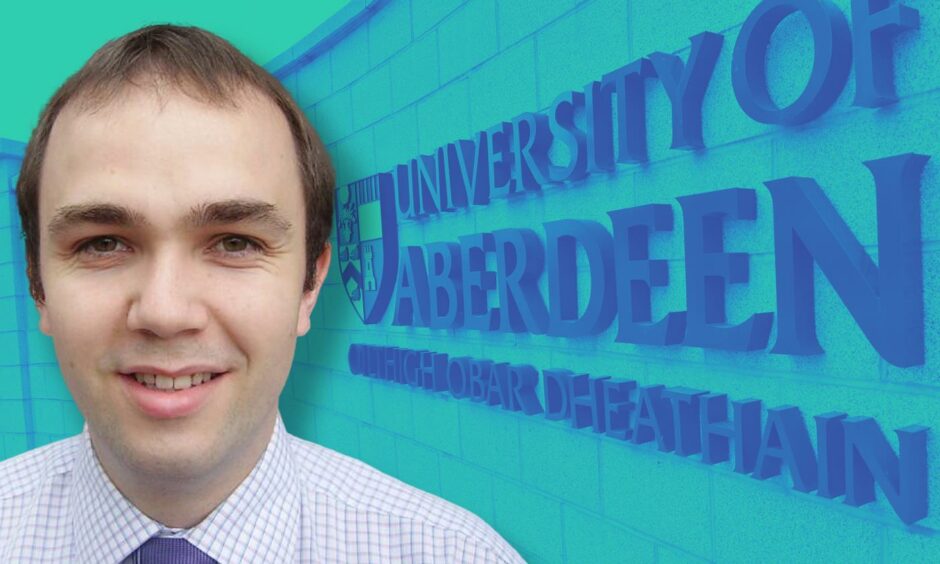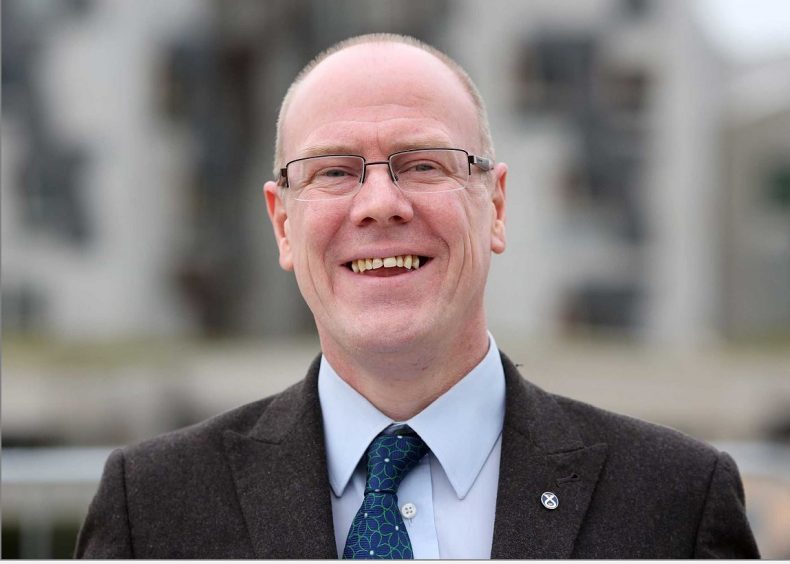It is a debilitating mental health condition that can leave many battling severe depression.
Yet bipolar disorder, formerly known as manic depression, can often take many years to diagnose.
Despite being considered a severe mental illness it takes, on average, almost a decade to detect.
This can leave people receiving treatment for a misdiagnosed condition.
Charity Bipolar UK says around one in 20 people who die by suicide have bipolar – and speeding up diagnosis times could help save lives.
‘Does not show up on a brain scan’
The organisation’s chief executive Simon Kitchen says, often, people are initially misdiagnosed.
“Nearly 70% of people with bipolar tell us they’d had a previous diagnosis of depression,” he said.
“And, less commonly, bipolar can get misdiagnosed as another serious mental illness, such as schizophrenia or a personality disorder.”
In part, some of these delays are caused by the difficulty in fully identifying what a patient is experiencing.
“There are no physical tests for bipolar, unlike other conditions. It does not show up on a brain scan,” Simon continued.
“Instead, the diagnosis of bipolar depends on specific and sudden changes in mood and behaviour, not otherwise explained by something else.”
The charity recently launched a petition raising concerns and calling for the process to be expedited.
Why does bipolar disorder get misdiagnosed so often?
Generally, people with bipolar disorder will have a mixture of depressive and manic periods.
But are different types, which manifest in different ways.
Those with bipolar 1 will experience a full manic episode, whereas individuals with bipolar 2 will only have hypomanic episodes – these are typically shorter and less severe.
Dr Daniel Bennett, undergraduate lead for psychiatry at Aberdeen University, says it’s rarely a 50-50 split – making it a hard situation for doctors to assess.
He explained: “Patients generally have more episodes of depression than mania.
“This might mean that they are identified as having depression or recurrent depressive disorder and perhaps given treatment for that.
“The symptoms for unipolar depression or recurrent depression are the same as a person would experience during a depressive episode in the context of a bipolar disorder.
“As the patient hasn’t yet had an ‘authenticated’ episode of high mood the diagnosis of bipolar disorder couldn’t be made – even though that was why the person was depressed.
“The clinician couldn’t know that an episode of high mood would ultimately be experienced.”
Government ‘committed’ to do more
This year the Scottish Government is spending a total of £1.2 billion on mental health support.
He said: “We are committed to transforming the mental health system, ensuring that the right help is available, in the right place, at the right time.
“This includes diagnosis for people with bipolar disorder.
“Alongside substantial funding for core mental health services, the Scottish Government has provided funding to support Bipolar Scotland deliver support for people with bipolar disorder across Scotland.”
If you’ve been affected by bipolar disorder, you can contact Bipolar Scotland on 0141 560 2050.
Read more:
Radio 1’s Matt Edmondson reveals cyclothymia diagnosis – but what is it?
Mother of special forces soldier who took his own life criticises his unit




